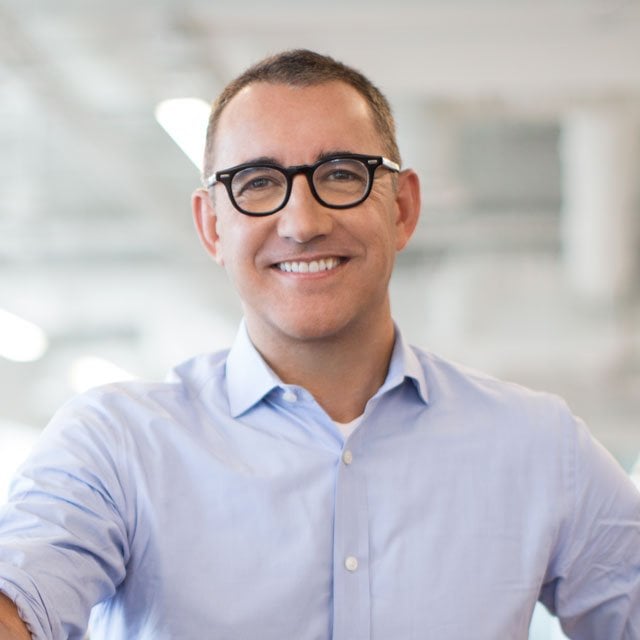The Biggest Gaps in RIAs Today: Joe Duran

From the smallish universe of 600 RIAs that have $1 billion to $5 billion in assets under management, Joe Duran is seeking growth-oriented firms to invest in for his new Rise Growth Partners. The goal is to help them grow to $10 billion to $20 billion RIAs.
“We’re looking for firms that are going to be the next United Capital,” the CEO tells ThinkAdvisor in an interview.
Duran, who founded and was CEO of United Capital Financial Partners, for independent advisories, sold it in 2019 to Goldman Sachs and became a partner and co-head of its Personal Financial Management.
In February 2023, he left Goldman and in May founded Rise Growth, expected to launch in early 2024. Goldman has since sold its Personal Financial Management business to Creative Planning; the deal closed in November 2023.
Rise, taking minority stakes in its partner RIAs, is bringing both wealth management expertise and financing to the party. The objective is to triple or even quintuple the RIAs and expand them into national firms.
To date, Duran is in discussion with or has completed deals with about 50 RIAs and is talking with a number of private equity firms to fund his new company.
In the interview, Duran names the biggest gaps he has found in RIA practices, as well as his 45 “success factors” for RIAs to rise to the next level and the “enterprise readiness assessment” evaluation tool he uses.
A self-described serial entrepreneur, Duran, prior to forming United Capital, built Centurion Capital, then sold it to GE, where he became president of GE Private Asset Management (now AssetMark).
Here are excerpts of our interview with Duran, who was speaking by phone from Newport Beach, California:
THINKADVISOR: Was the idea for Rise Growth Partners in the back of your mind for years, or did you think of it when you left Goldman Sachs?
JOE DURAN: It’s an offshoot of what I wanted to do next. I didn’t want to run my own firm again in the same way. I wanted to make an impact on the industry and thought we could do this for multiple firms rather than just one.
We’re at Phase 3 of the evolution of the RIA industry. We have all these super-regional firms that could become national firms.
We’re looking for firms that are going to be the next United Capital. We’re going after middle-market RIAs, with $1 billion to $5 billion in AUM that we think we can grow to $20 billion.
Is your concept unique?
There’s nothing quite like it today, but I suspect there will be many fast followers. It’s a combination of everything you want from a strategic partner — all the skills and expertise to help you scale — and what you want from a financial partner, which is money.
We’re bringing our expertise and money by taking minority stakes. The people we invest in who we help to grow keep the majority of the benefits of that growth. They keep their firm’s name.
We own 20%-30% of the company, and we collectively benefit from the appreciation and the underlying business.
How many RIAs have signed up?
We’ve got about 50 firms we’re in discussions with or have completed deals with.
We have a robust pipeline: well over $100 billion [AUM] in firms that we’re talking to. The average is around $2.5 billion in assets; some are as big as $10 billion.
One of your objectives is to make these firms national. Correct?
Yes. Most are super-regional, with about two to seven offices. They have a very clear market segment, but they haven’t figured out how to scale and get to the next level.
We’ll show them how to get there.
What are the keys to becoming a $10 billion or $20 billion RIA?
The investment platform, organic and inorganic growth and marketing. We prioritize the most important things you need to do. Basically we create a roadmap to become national. Those are the three levers we think are the most impactful.
The fourth is bringing in sub-acquisitions that will help build and expand the firms geographically.
What are the biggest gaps you’ve identified in the RIA firms you’re seeking?






